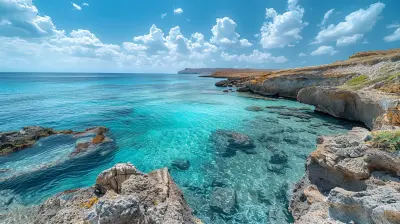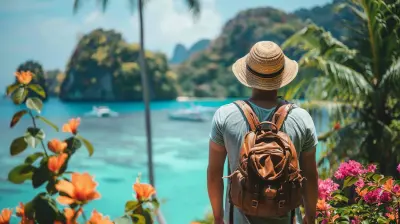Ecotourism in Argentina’s Ibera Wetlands
31 August 2025
Argentina’s Ibera Wetlands is a paradise for nature lovers, adventure seekers, and anyone looking to disconnect from the chaos of modern life. This vast and breathtaking ecosystem—one of the largest wetlands in the world—offers a one-of-a-kind ecotourism experience. Whether you're spotting a capybara lounging by the water, listening to the calls of exotic birds, or paddling through serene lagoons, the Ibera Wetlands will leave you in awe.
But what makes this place so special for ecotourists? And how can you experience its wonders responsibly? Let’s dive in!
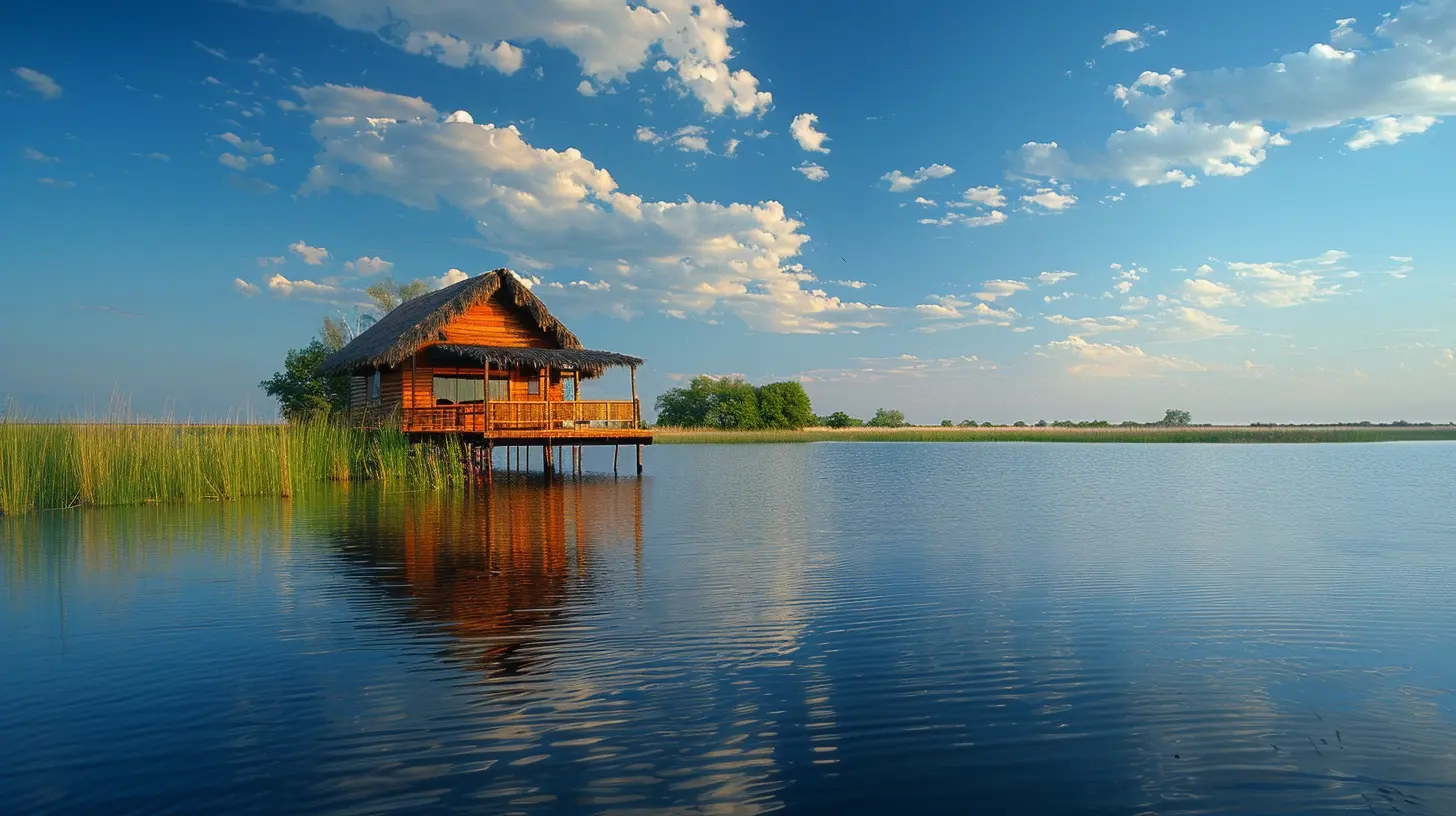
What Are the Ibera Wetlands?
The Esteros del Iberá, or Ibera Wetlands, stretch across 13,000 square kilometers in northeastern Argentina’s Corrientes province. This pristine region is a mix of swamps, bogs, lagoons, and floating islands, teeming with biodiversity.The name _Iberá_ comes from the indigenous Guaraní language, meaning “bright waters.” And once you visit, you'll understand why—the wetlands shimmer under the sun, reflecting an unspoiled natural world that feels almost mythical.
Unlike the Amazon rainforest or the Pantanal in Brazil, Ibera remains relatively untouched by mass tourism. That means fewer crowds and a more intimate experience with nature.
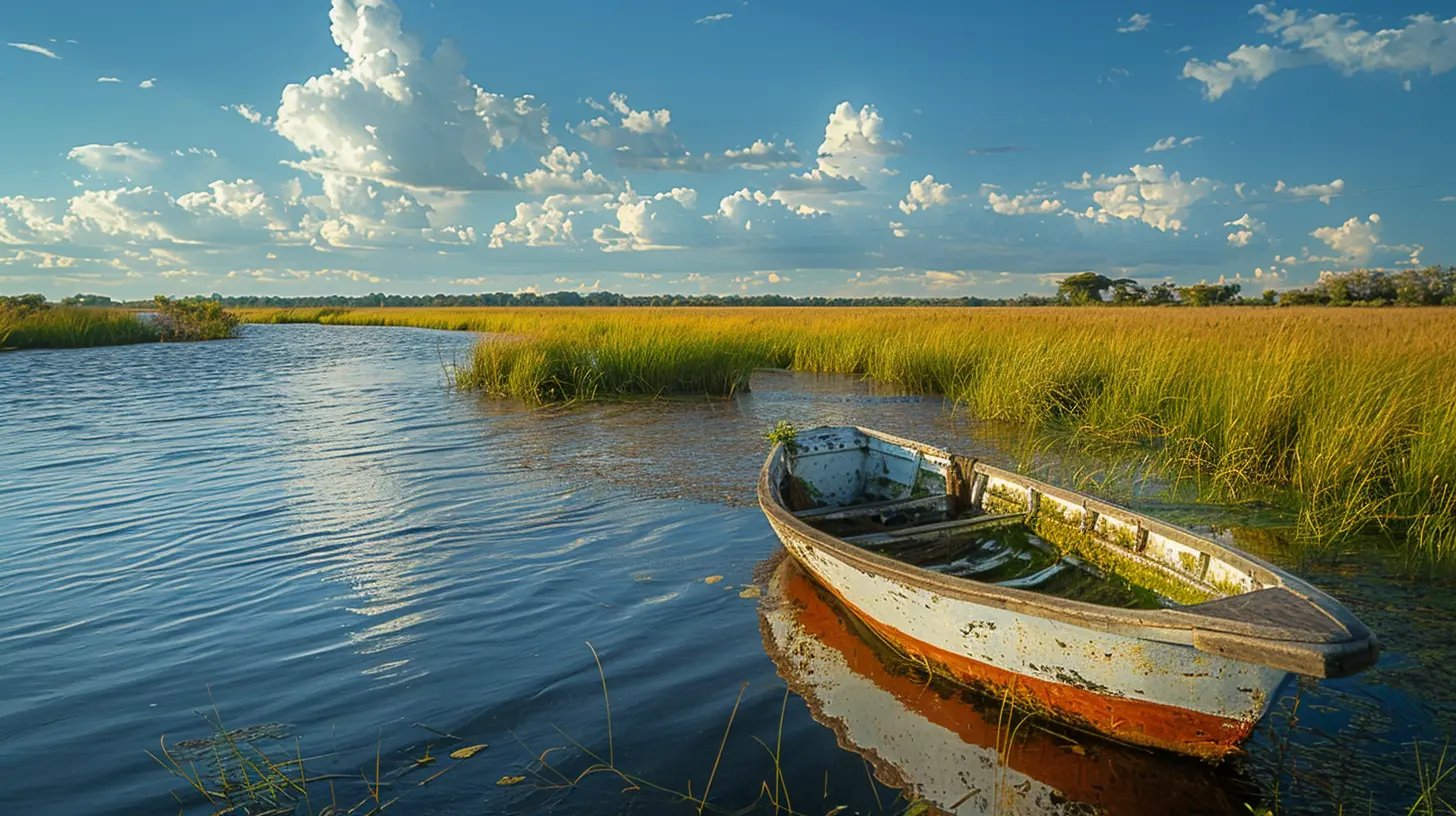
Why Ecotourism Matters in Ibera
Ecotourism isn’t just about visiting nature—it’s about doing so responsibly. The Ibera Wetlands are an ecological treasure, home to over 350 species of birds, hundreds of animals, and unique plant life. However, this region has faced past threats from hunting, land development, and invasive species.Thankfully, conservation efforts, including Rewilding Argentina (formerly part of Tompkins Conservation), have helped restore the ecosystem. Ecotourism plays a crucial role in this—by visiting responsibly, travelers contribute directly to local communities and wildlife conservation.
So, if you’re looking for a way to travel sustainably, the Ibera Wetlands should be high on your list.
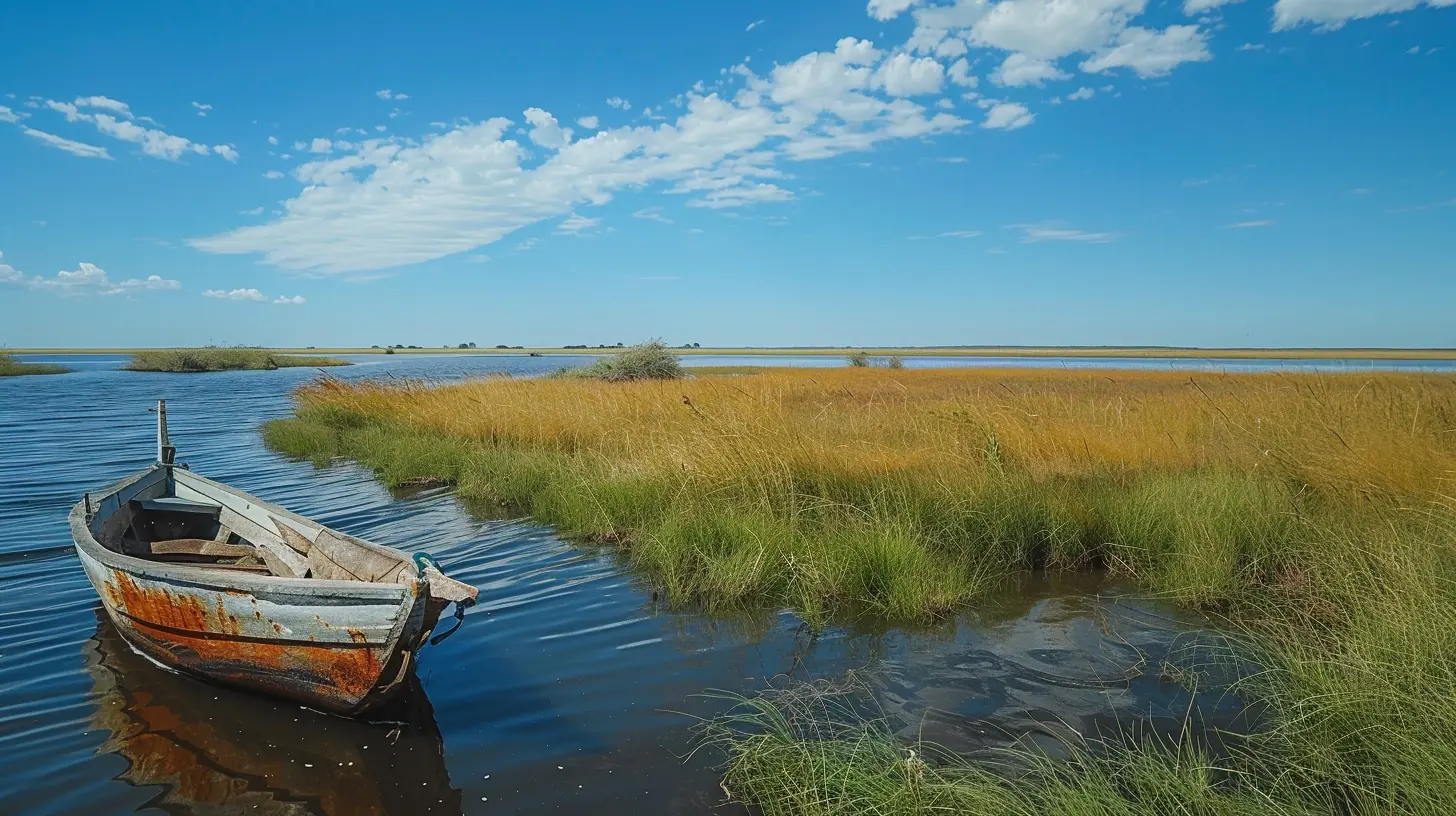
Wildlife Encounters You Can’t Miss
One of the biggest draws of the Ibera Wetlands is its incredible wildlife. Unlike a typical safari, where sightings can be hit or miss, here you’re almost guaranteed to come face-to-face with Argentina’s most fascinating creatures.1. Capybaras – The Giant, Adorable Rodents
If you’ve never seen a capybara, think of them as oversized guinea pigs with a laid-back attitude. These social creatures are everywhere in Ibera, lounging near the water’s edge, swimming, or hanging out with their buddies.2. Marsh Deer – The Gentle Giants of the Wetlands
The marsh deer, South America’s largest deer species, is a beautiful sight against the wetland backdrop. These elusive animals were once on the brink of extinction in the region, but conservation efforts have helped their numbers bounce back.3. Yacaré Caiman – The Miniature Crocodiles
Don’t panic—these small caimans may look intimidating, but they’re mostly harmless to humans. Spotting a yacaré caiman basking in the sun adds a touch of adventure to your trip.4. Maned Wolves – The Ghosts of the Grasslands
A rare but spectacular sight, the maned wolf looks like a mix between a fox and a deer. Tall and elegant, this solitary animal is a symbol of Argentina’s wild beauty.5. Birdwatcher’s Paradise – Over 350 Species!
If you’re into birdwatching, you’ll be in heaven here. The Ibera Wetlands are home to toucans, herons, kingfishers, and the iconic jabiru stork—a giant bird with a striking red neck. Bring your binoculars, because every glance at the sky offers something spectacular!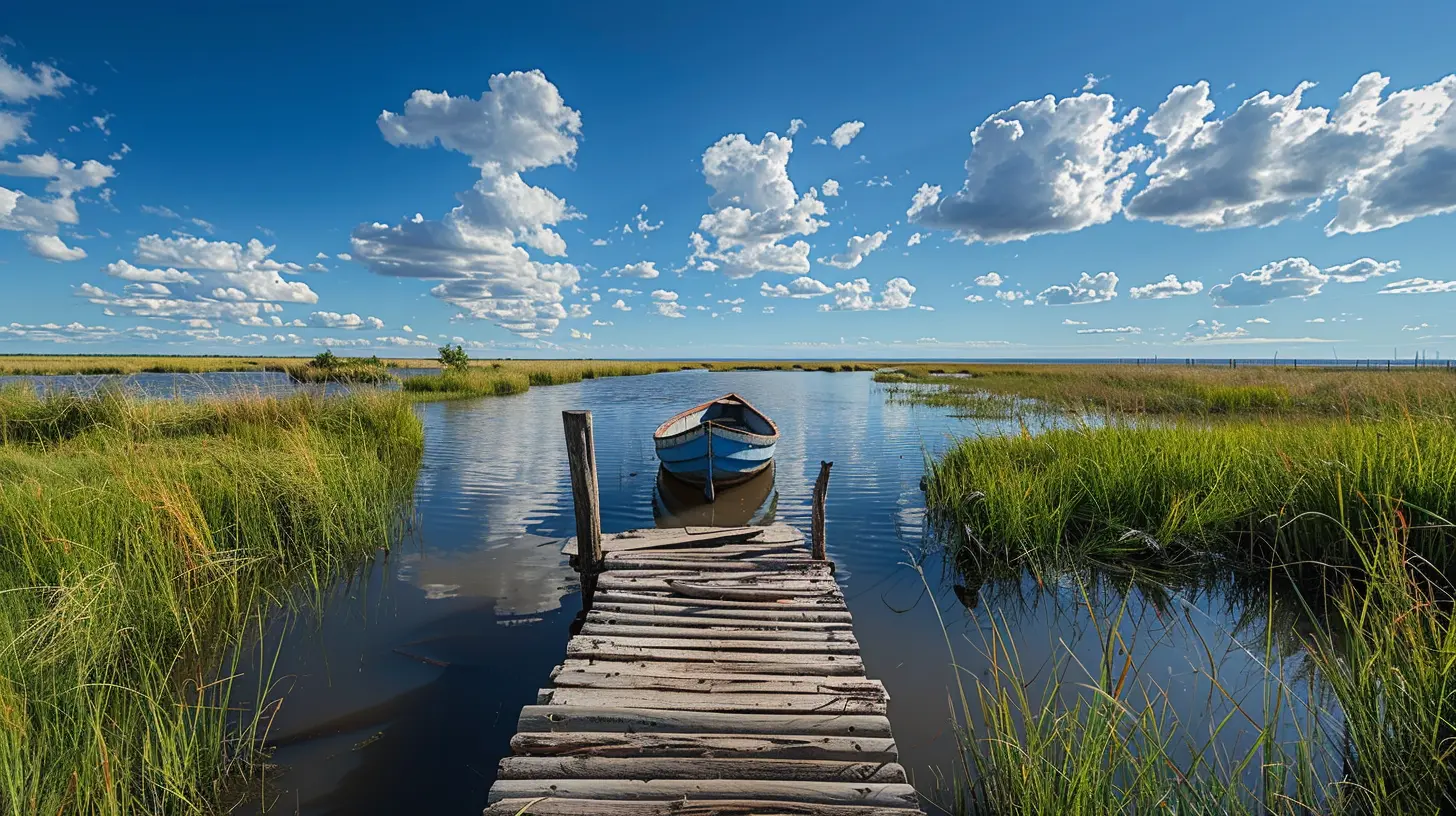
Best Ways to Experience the Ibera Wetlands
Now that you know what to expect wildlife-wise, how do you actually experience this wonderland? Here are some of the best ecotourism activities in Ibera.1. Boat Safaris – The Ultimate Water Adventure
Since much of the Ibera Wetlands is covered in water, boat safaris are the best way to explore. Glide along the tranquil lagoons with a local guide who knows exactly where to find the most fascinating creatures.Early morning and sunset tours are particularly magical—the soft golden light reflecting off the water creates a breathtaking scene.
2. Kayaking – Paddle Through Untouched Nature
For a more hands-on experience, hop into a kayak and paddle through the winding waterways at your own pace. This is one of the most peaceful ways to connect with nature, and it’s perfect for spotting birds and capybaras up close.3. Horseback Riding – A True Gaucho Experience
Corrientes province is known for its gaucho (Argentinian cowboy) culture, and what better way to immerse yourself than by exploring the wetlands on horseback? Ride through grasslands, splash through shallow waters, and experience the wetlands as the locals do.4. Hiking and Nature Walks – Get Up Close with Wildlife
While boat tours offer a fantastic overview, hiking through the wetlands allows you to appreciate the smaller details—unique plants, insects, and the feeling of stepping into a remote wilderness. Trails range from easy walks to more adventurous treks.5. Night Safaris – Discover Nocturnal Wildlife
When the sun sets, a whole new world comes to life. Night safaris reveal creatures rarely seen during the day, such as owls, nocturnal birds, and even some glowing insects. The atmosphere is both thrilling and serene.Where to Stay – Eco-Lodges in Ibera
To get the full ecotourism experience, staying in an eco-lodge is the way to go. These accommodations are designed with sustainability in mind—using solar energy, locally sourced materials, and community-driven initiatives.Some of the best eco-lodges include:
- Rincón del Socorro – A beautifully restored estancia offering a mix of luxury and sustainability.
- La Alondra’i Lodge – A charming, rustic lodge perfect for those seeking a quiet retreat.
- Yaguareté Lodge – A favorite among wildlife photographers and nature lovers.
Each of these lodges offers guided tours, local cuisine, and the chance to fully immerse yourself in the wetlands.
How to Visit the Ibera Wetlands
Getting to the Ibera Wetlands requires a bit of effort, but that’s part of what keeps it untouched by mass tourism. The main entry points are:- Carlos Pellegrini – The most popular base, accessible from Mercedes (around a 2.5-hour drive).
- Concepción – A less-visited gateway, offering a more off-the-beaten-path experience.
The closest major airport is Corrientes (CNQ) or Posadas (PSS), followed by a drive to the wetlands. Many eco-lodges offer transfer services, so check with them in advance.
Responsible Travel Tips for Visiting Ibera
As an ecotourist, your actions matter. Here’s how to make sure your trip benefits the environment and local communities:- Support Local Guides and Businesses – Choose locally owned lodges and tours.
- Respect Wildlife – Keep a safe distance and avoid feeding animals.
- Leave No Trace – Keep the wetlands pristine by picking up all trash.
- Use Eco-Friendly Products – Biodegradable sunscreen and insect repellent make a difference.
By following these simple guidelines, you help ensure that future generations can enjoy this magical place just as much as you do.
Final Thoughts
The Ibera Wetlands offer an ecotourism experience like no other—wild, remote, and teeming with life. Whether you’re watching capybaras splash in the water, riding through grasslands on horseback, or gazing at the sky as birds soar above, this hidden gem of Argentina is guaranteed to steal your heart.So, are you ready to pack your bags and experience the magic of Ibera? The wetlands are calling, and trust me, you won’t regret answering!
all images in this post were generated using AI tools
Category:
South America TravelAuthor:

Taylor McDowell
Discussion
rate this article
2 comments
Wesley Alexander
Discover hidden wonders in Ibera's wetlands where nature whispers secrets to those who listen.
November 27, 2025 at 6:00 PM

Taylor McDowell
Thank you! The Ibera Wetlands truly are a treasure trove of natural beauty and biodiversity, perfect for those eager to connect with nature.
Jennifer Roberts
Explore nature's masterpiece: Ibera Wetlands, Argentina's hidden gem!
September 3, 2025 at 4:09 AM

Taylor McDowell
Thank you! The Ibera Wetlands truly are a stunning and vital ecosystem, perfect for ecotourism and wildlife enthusiasts.
